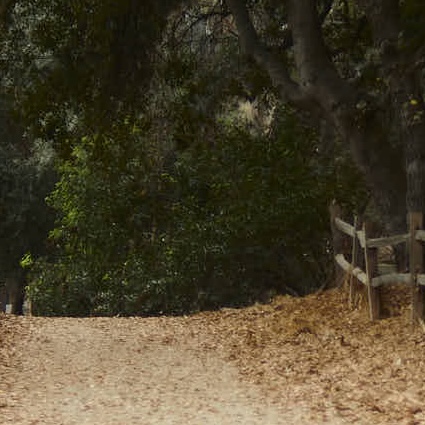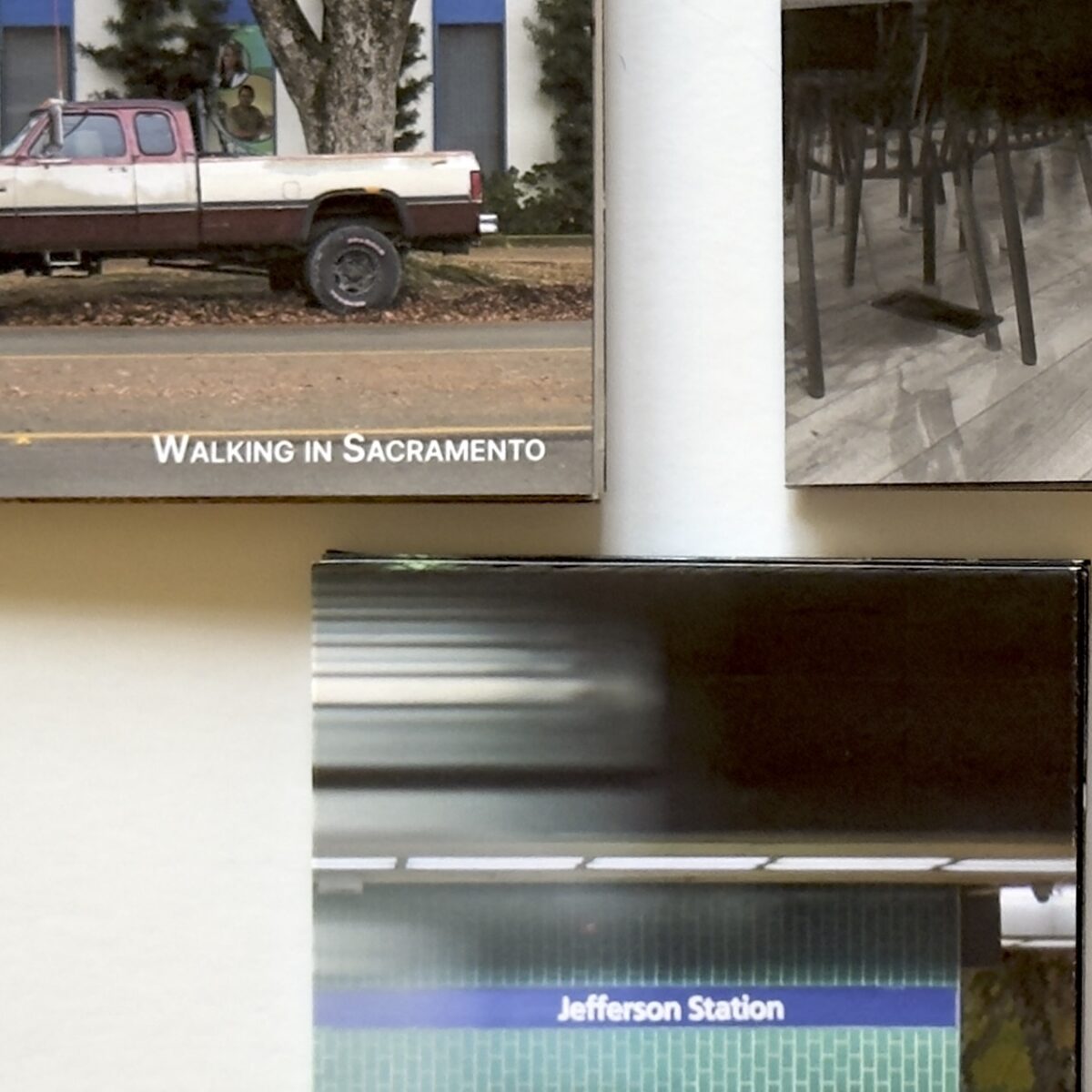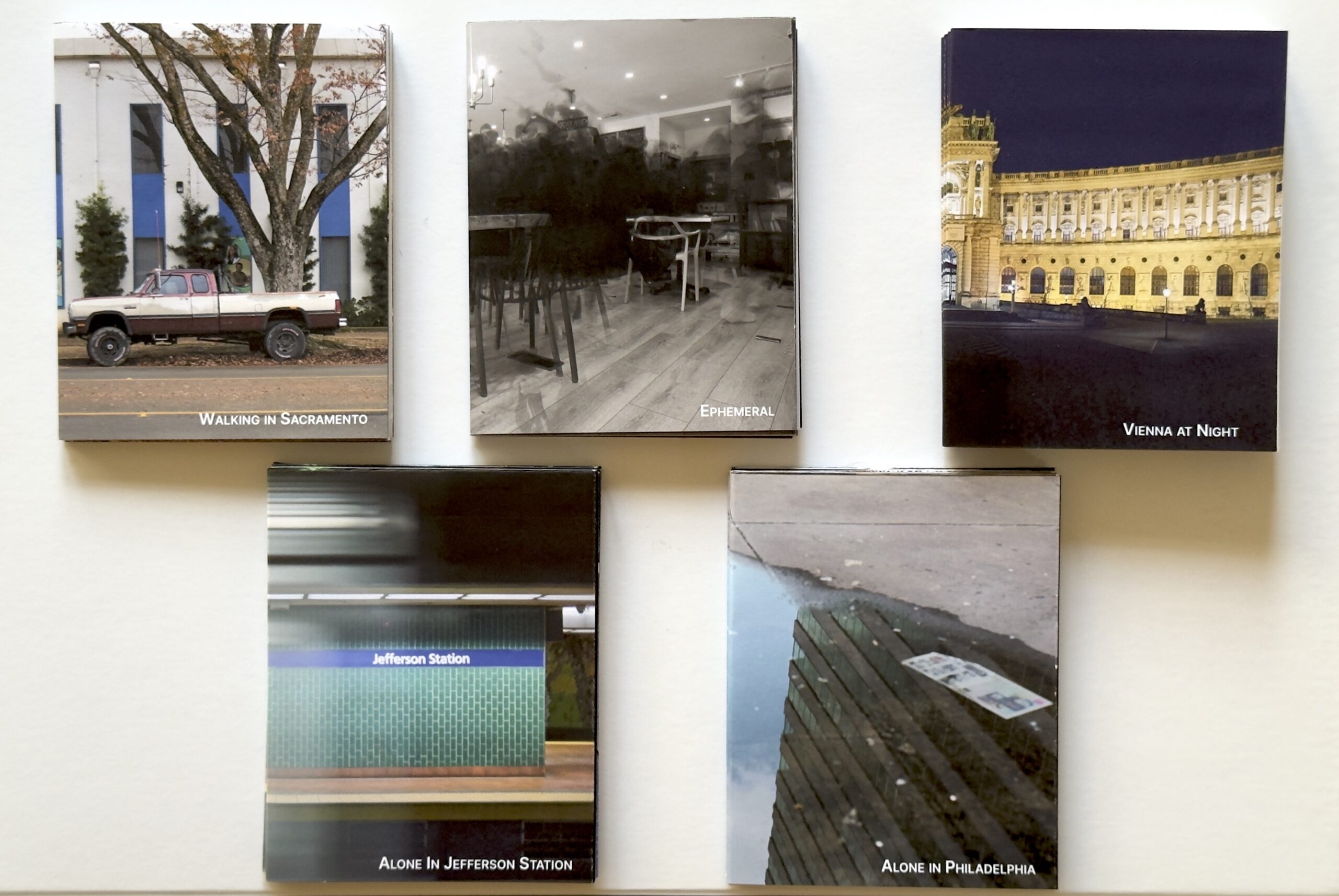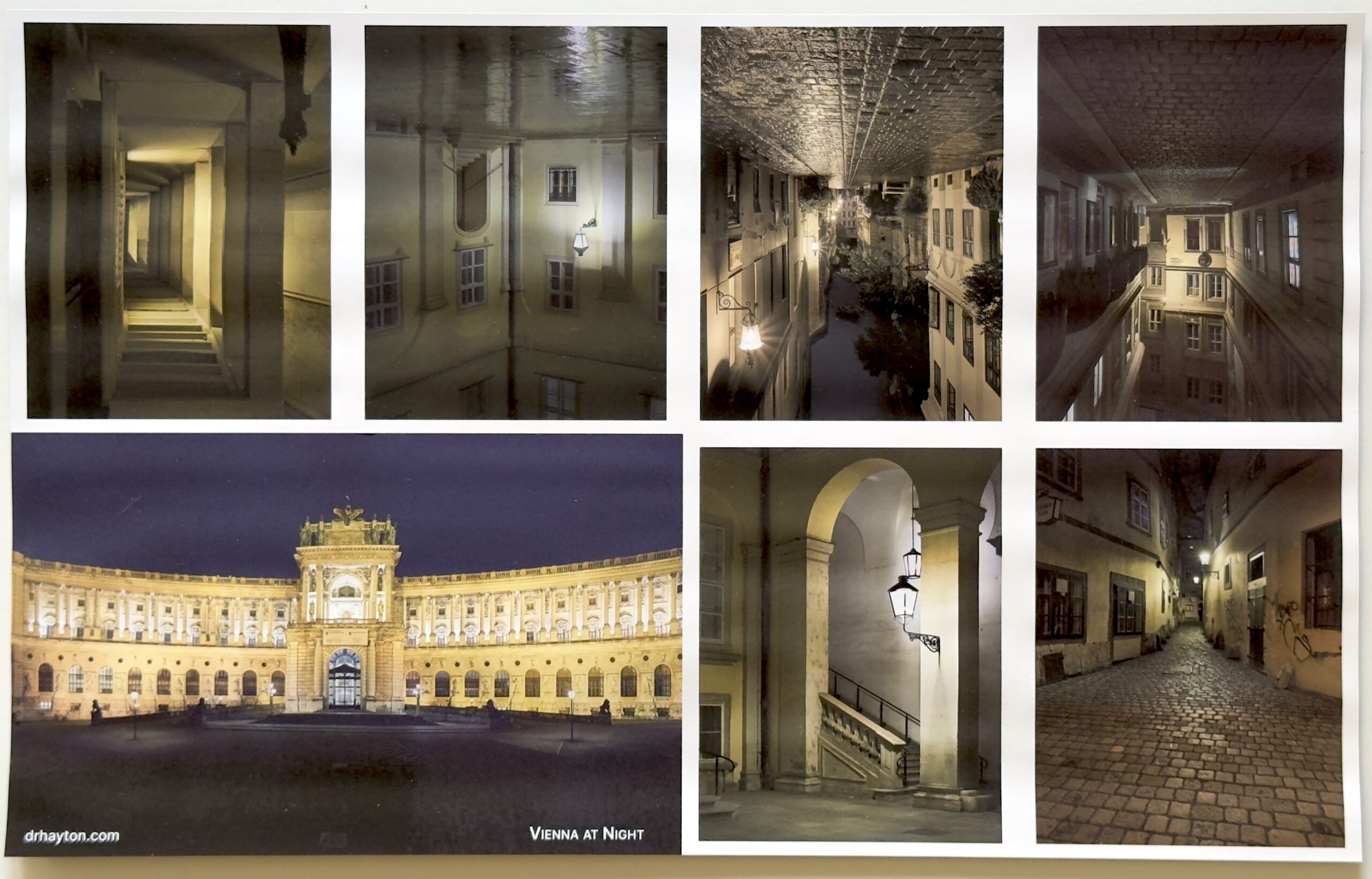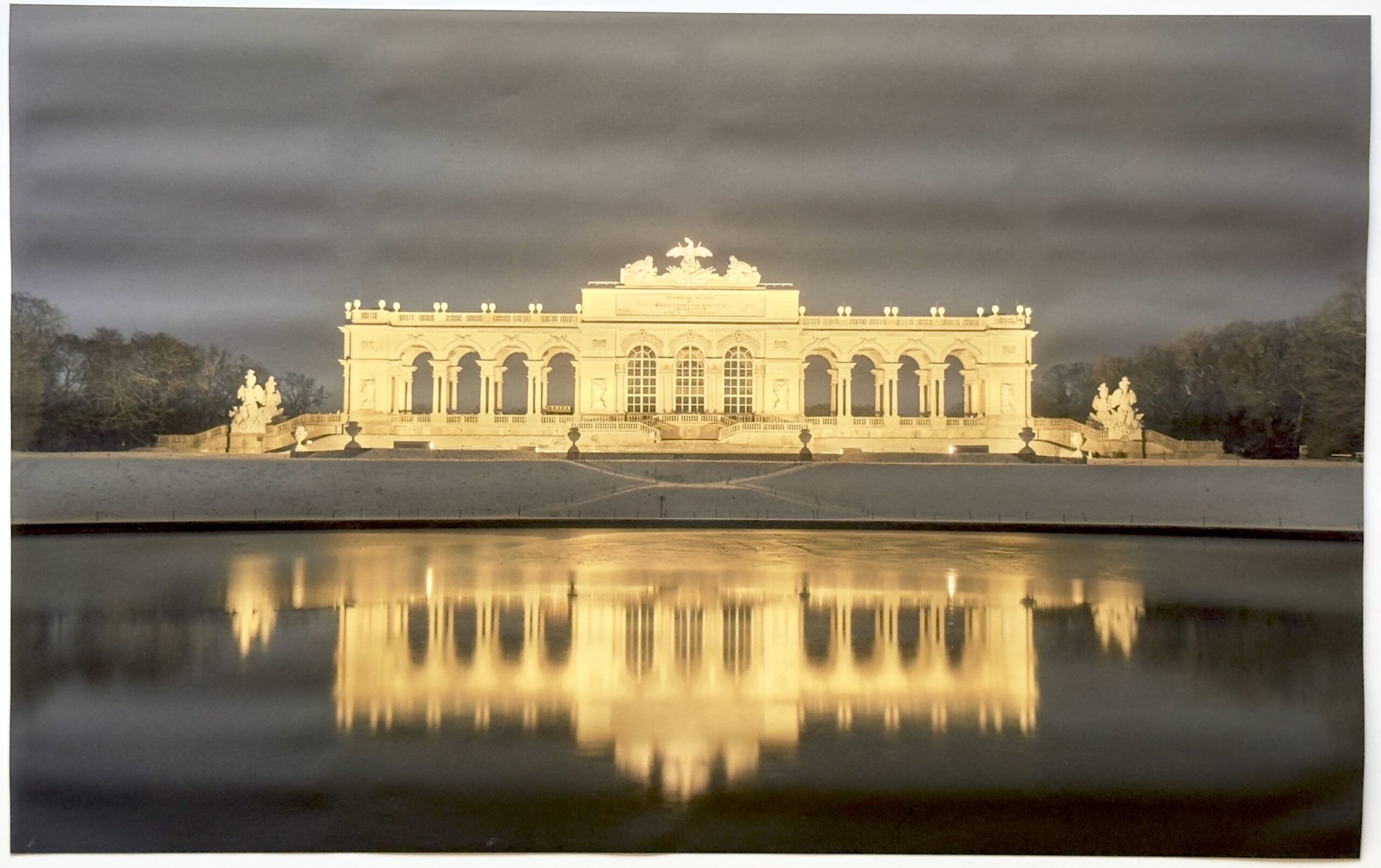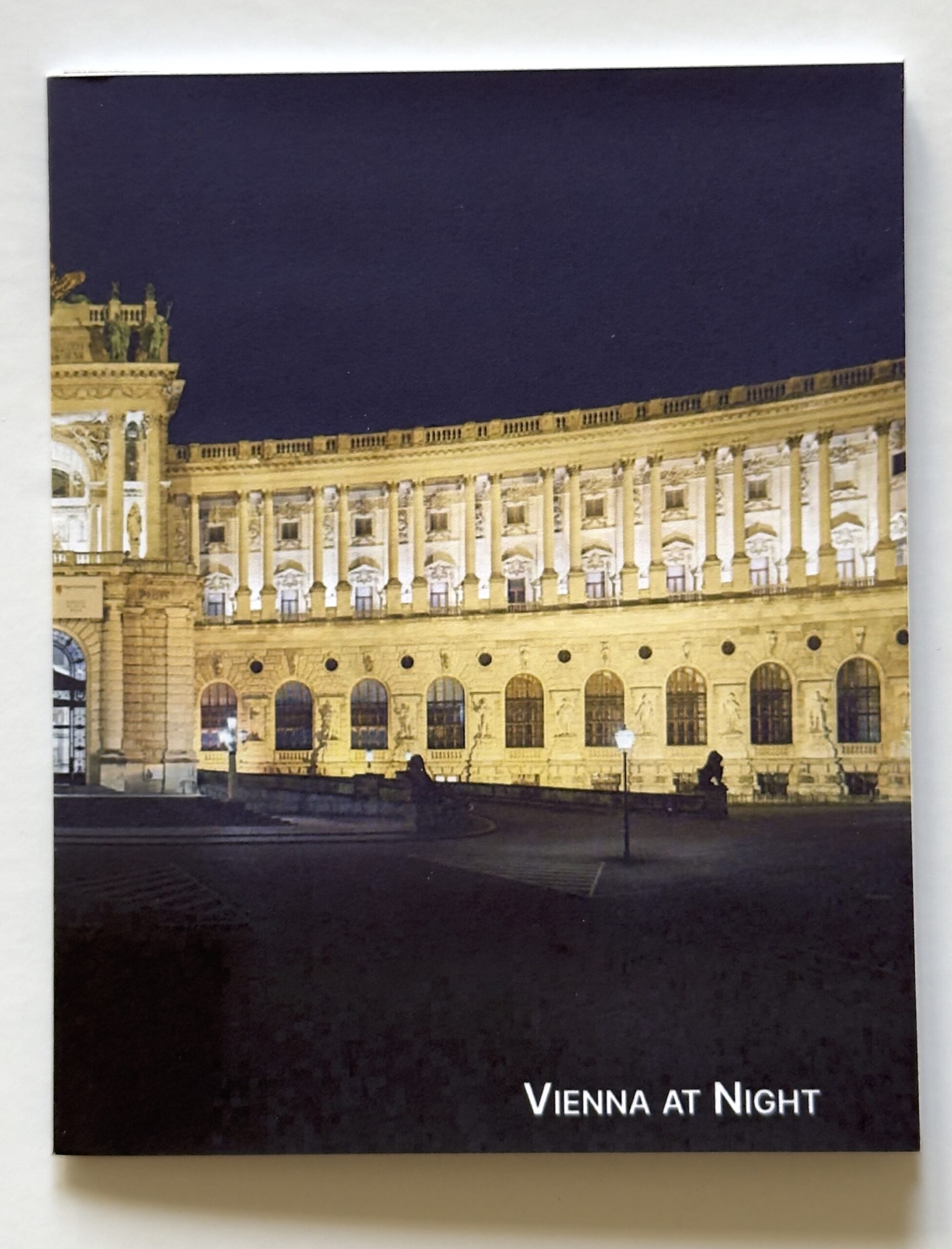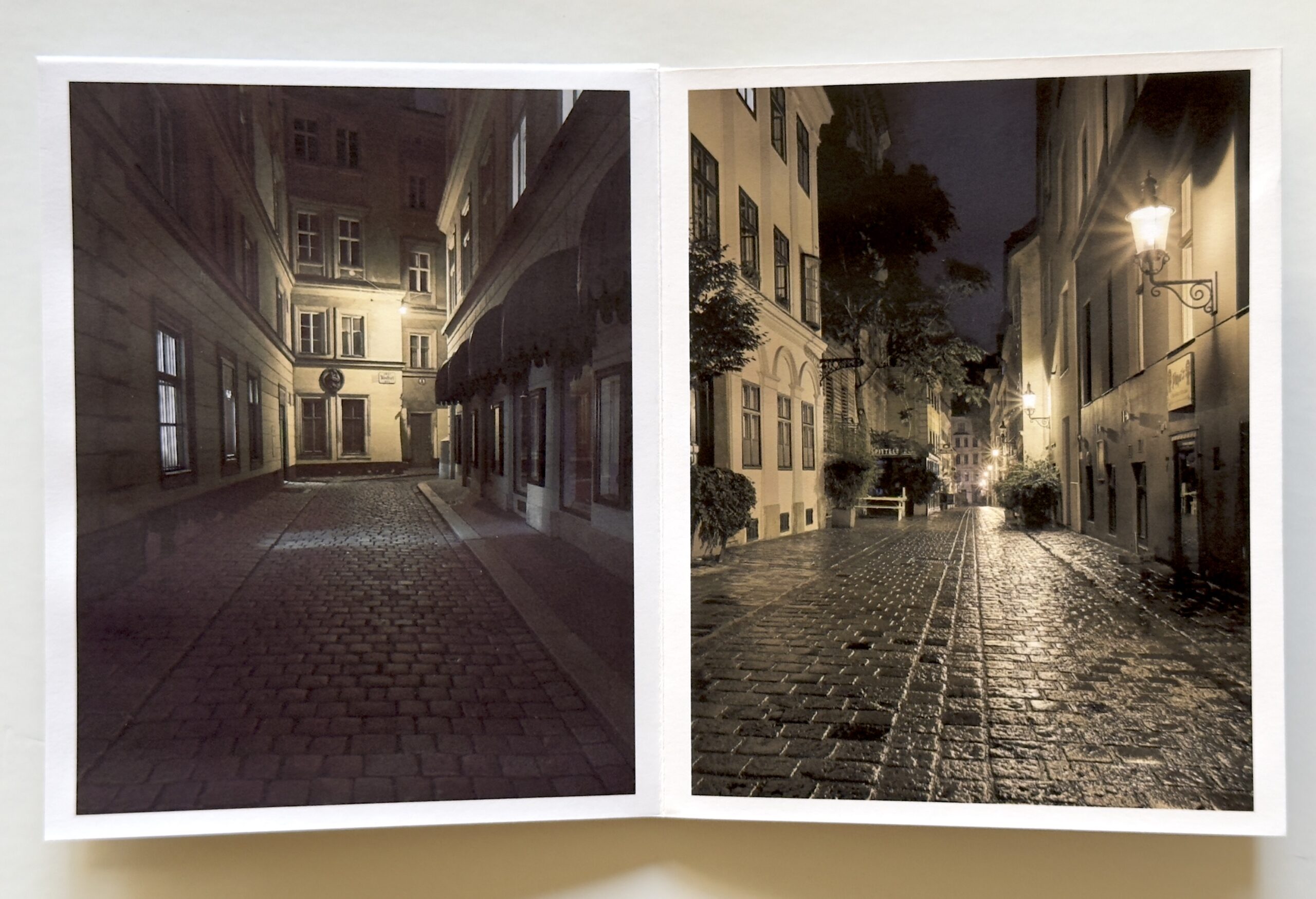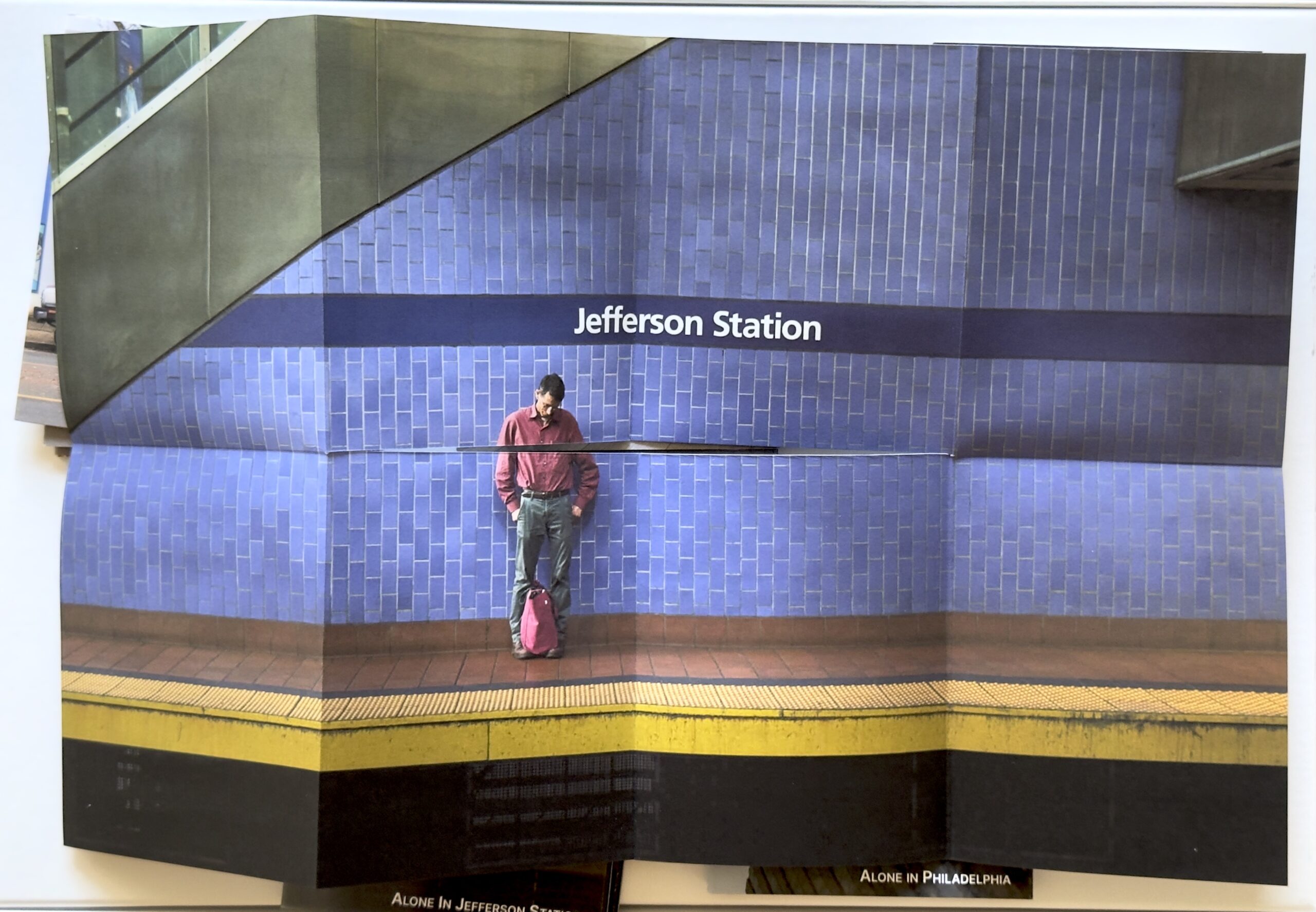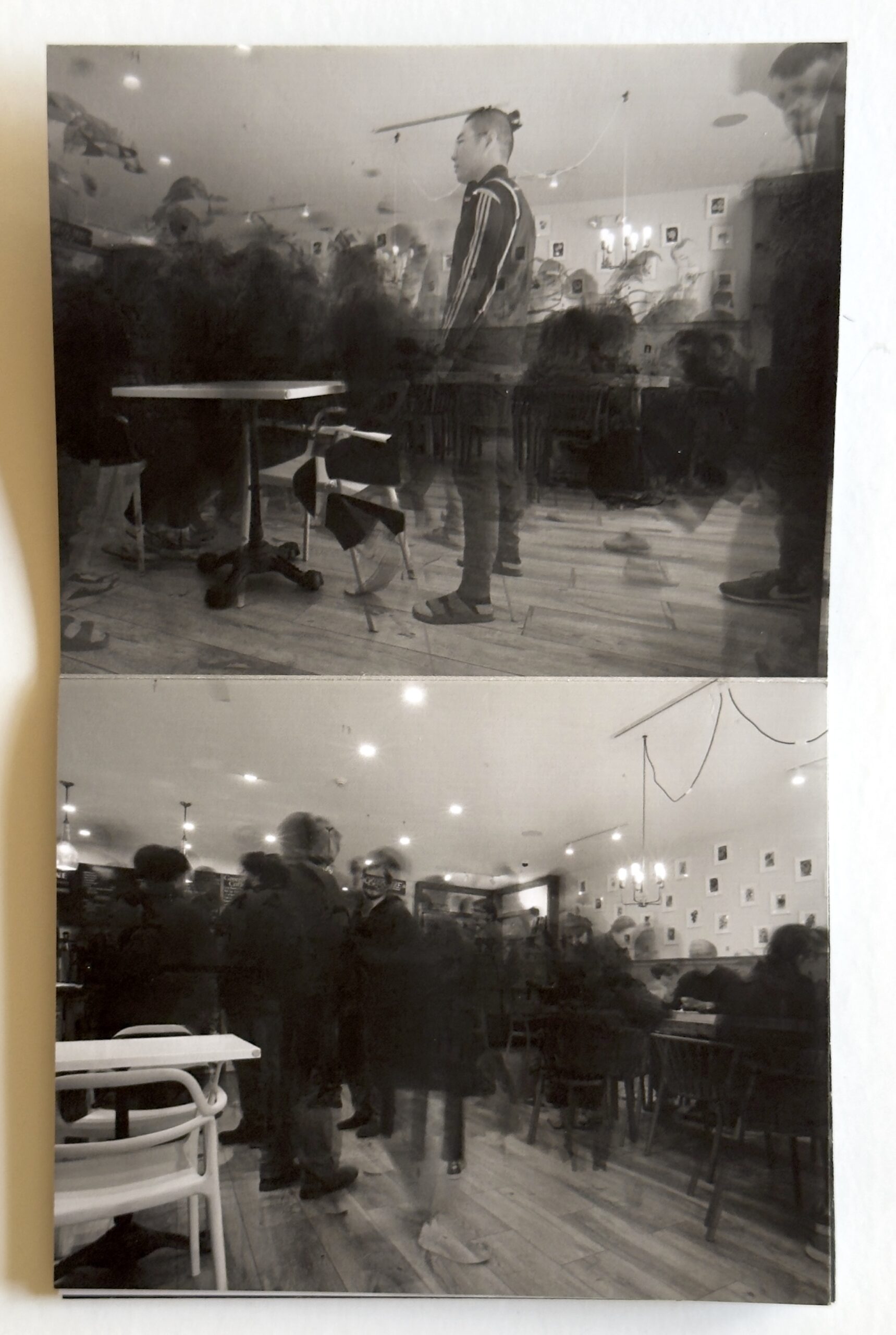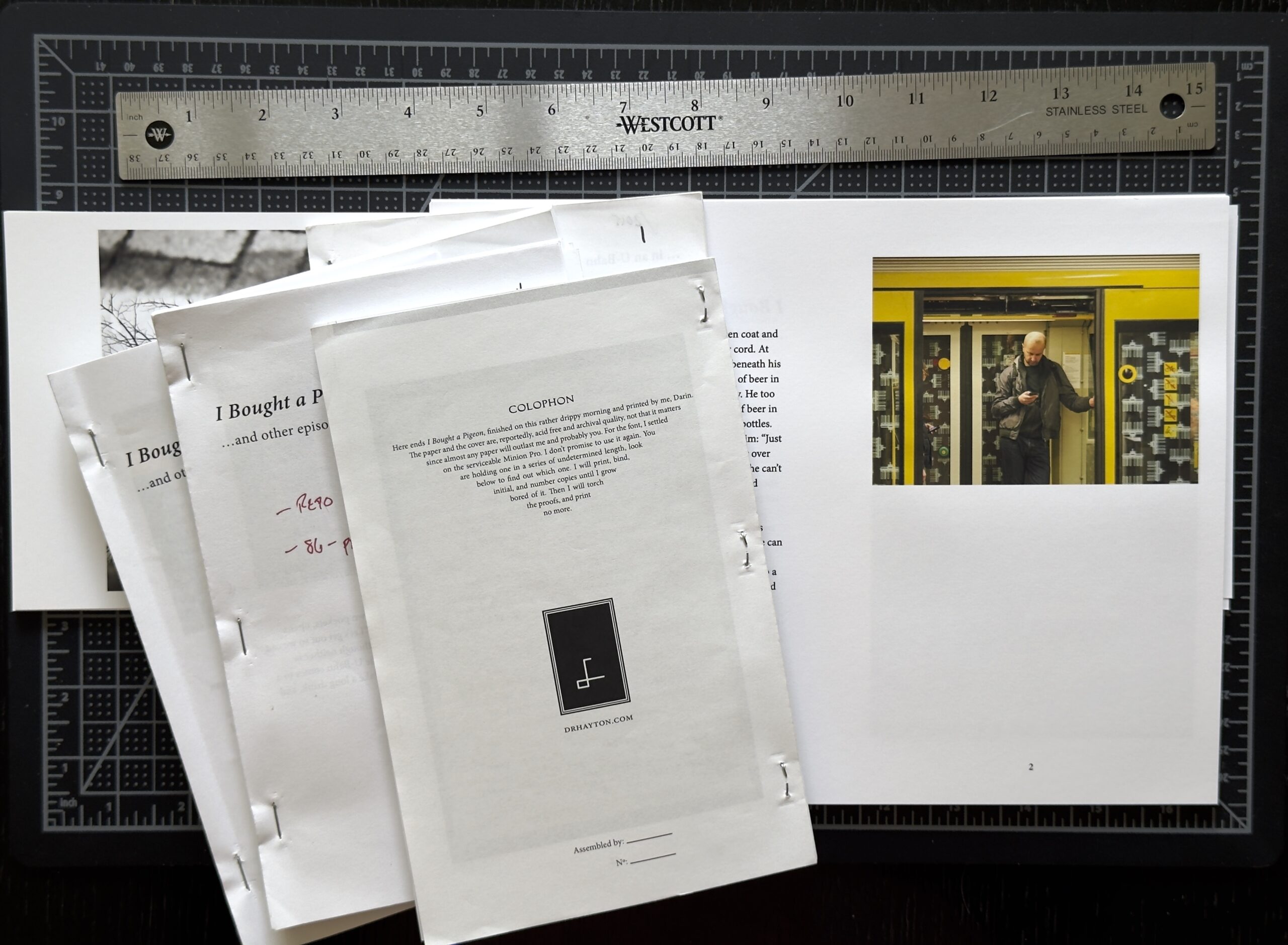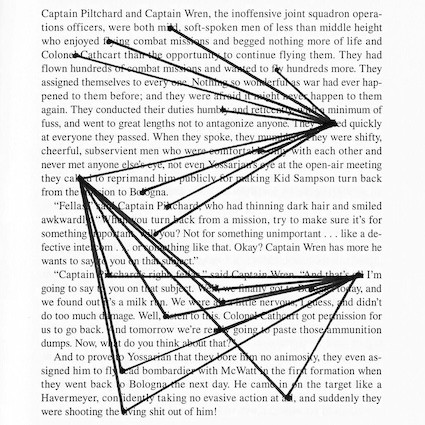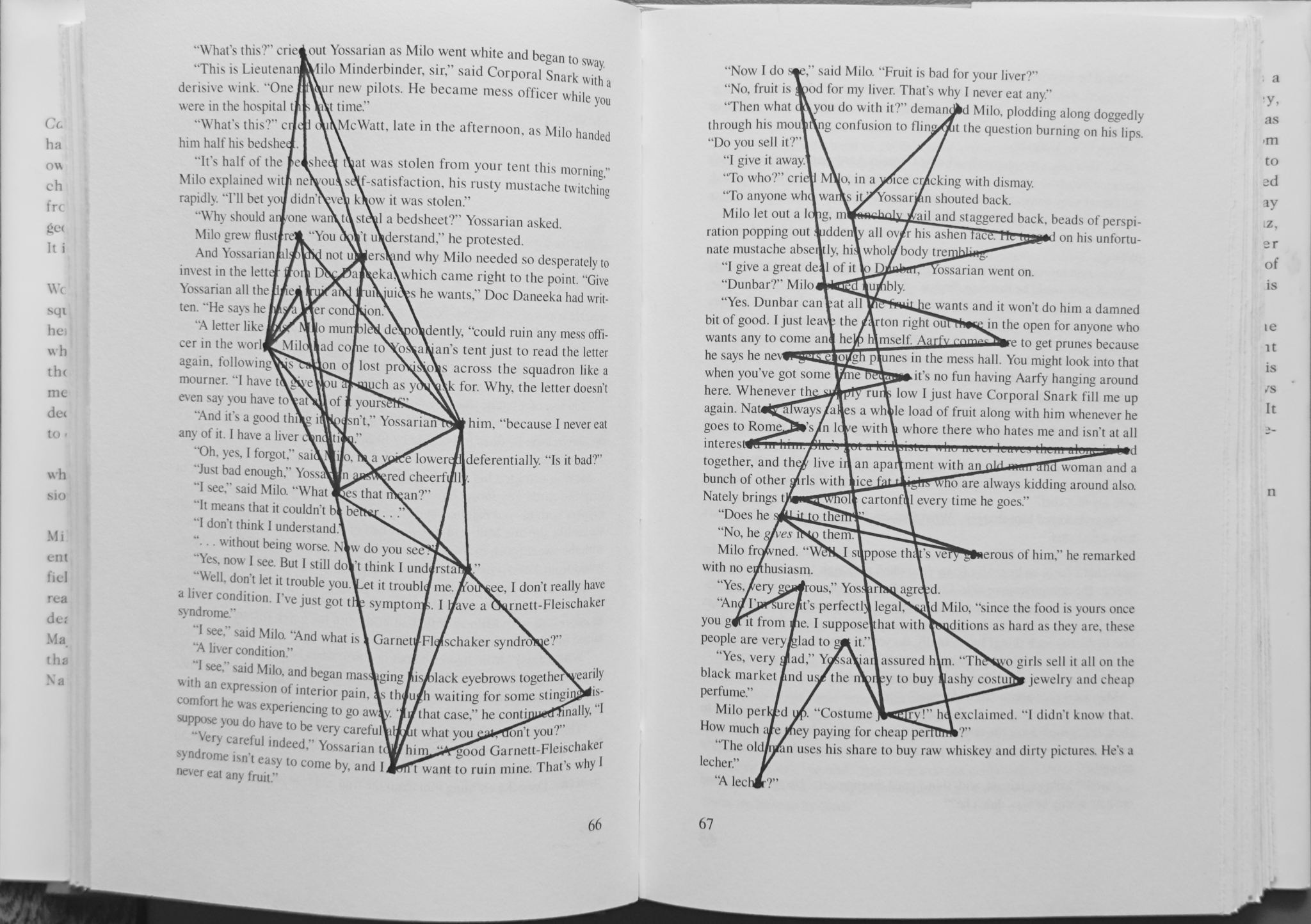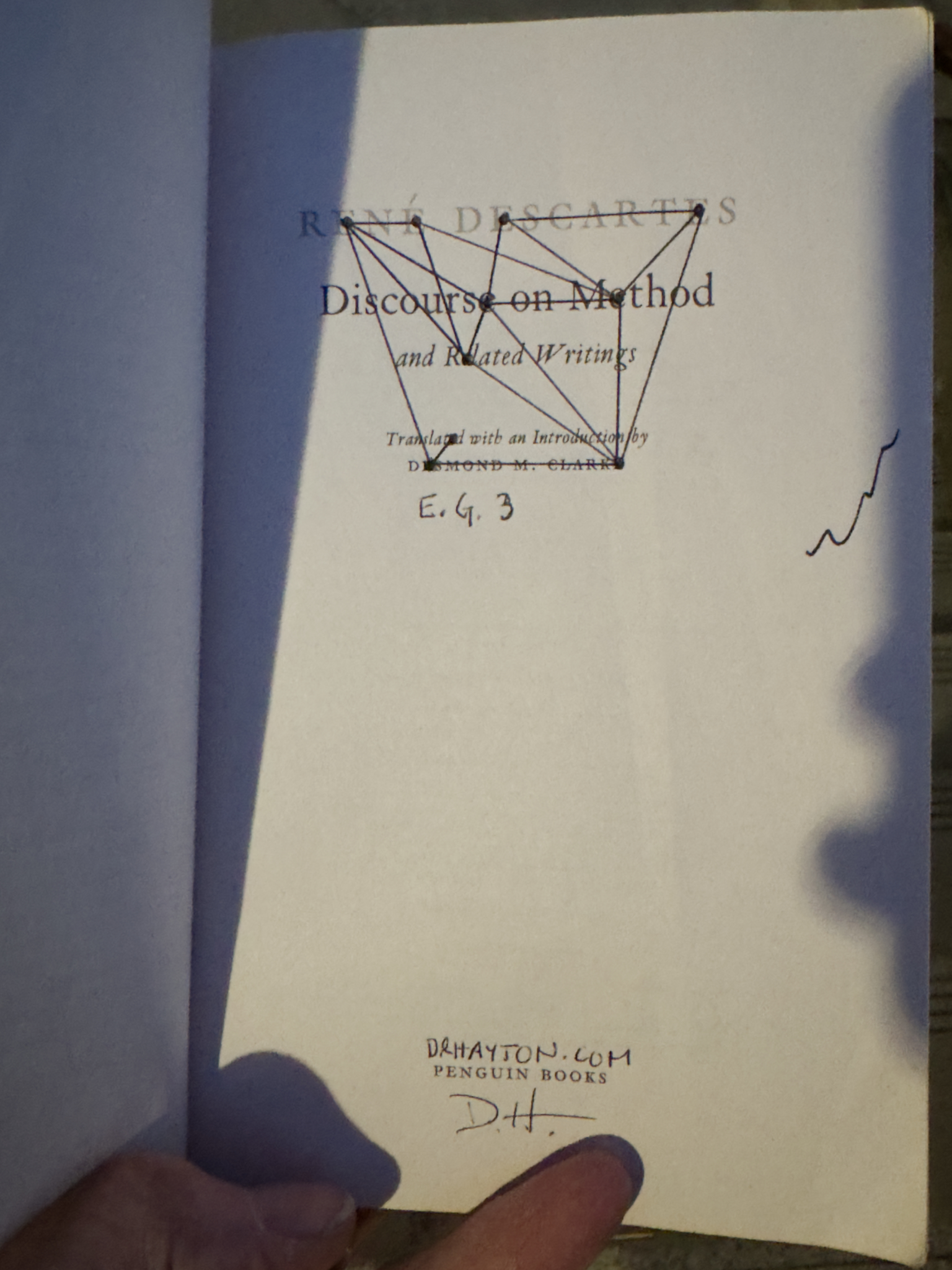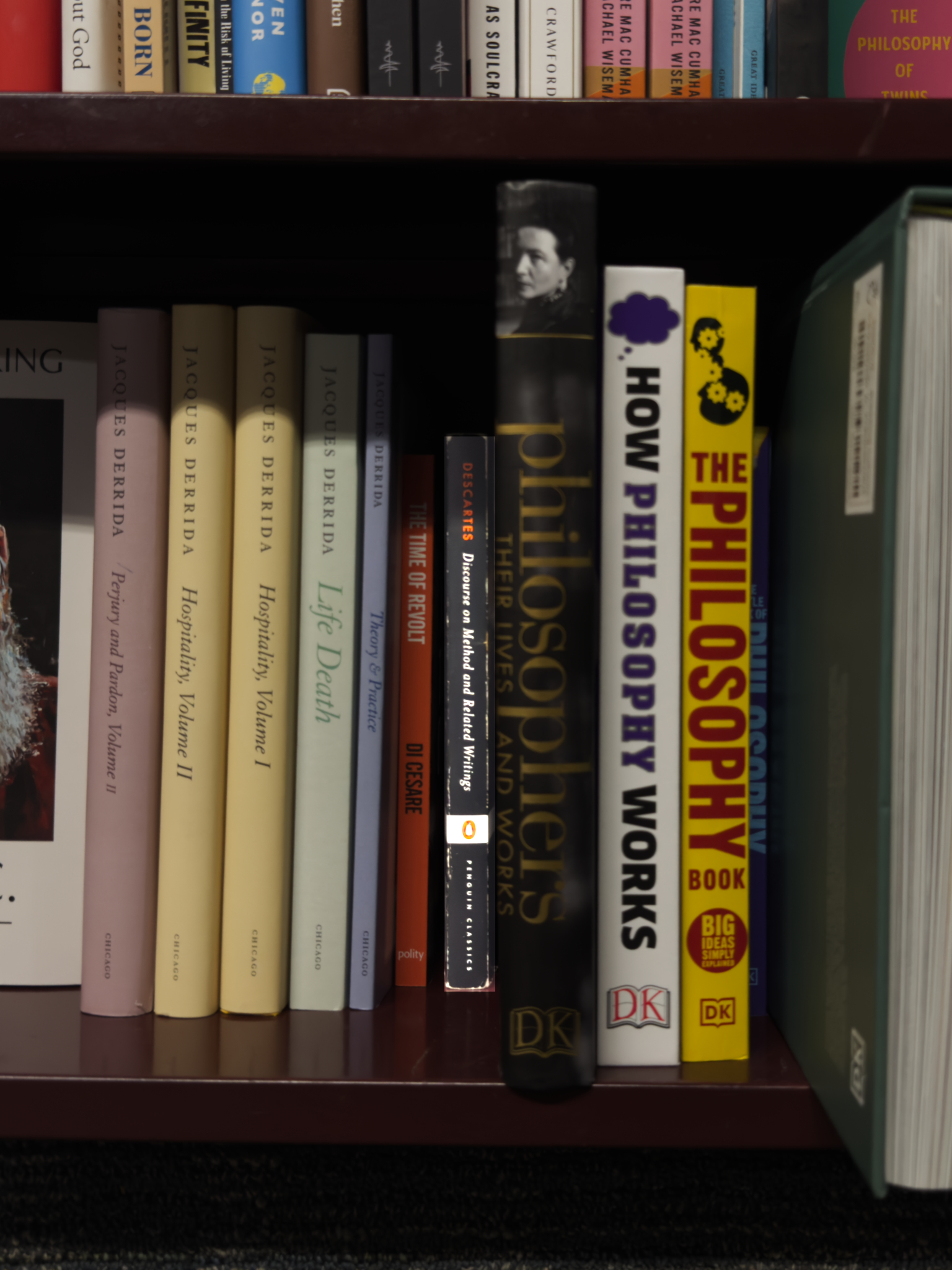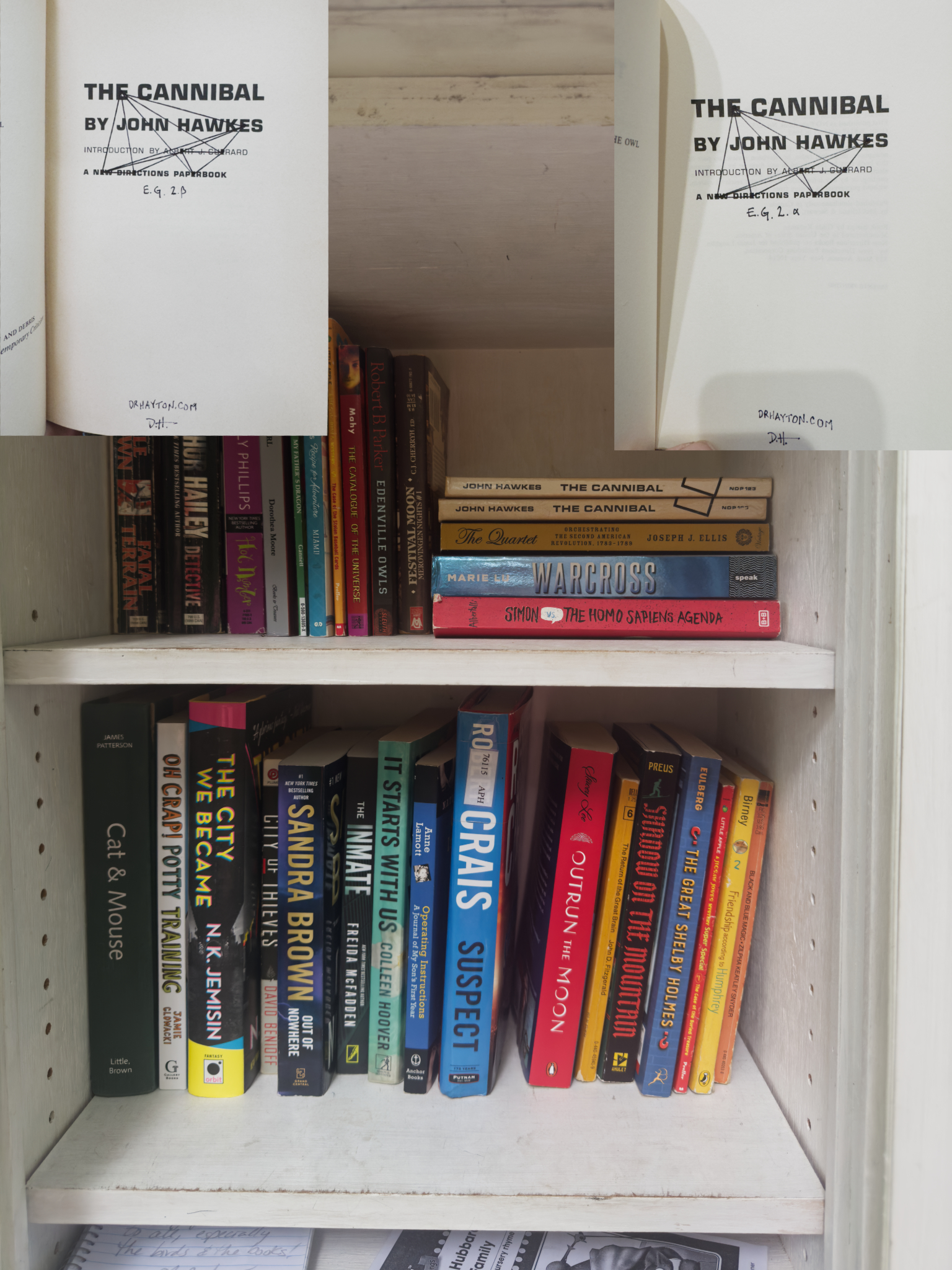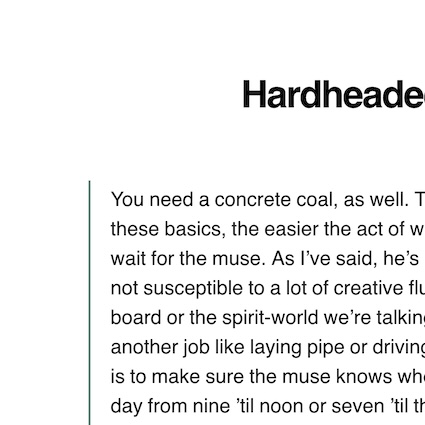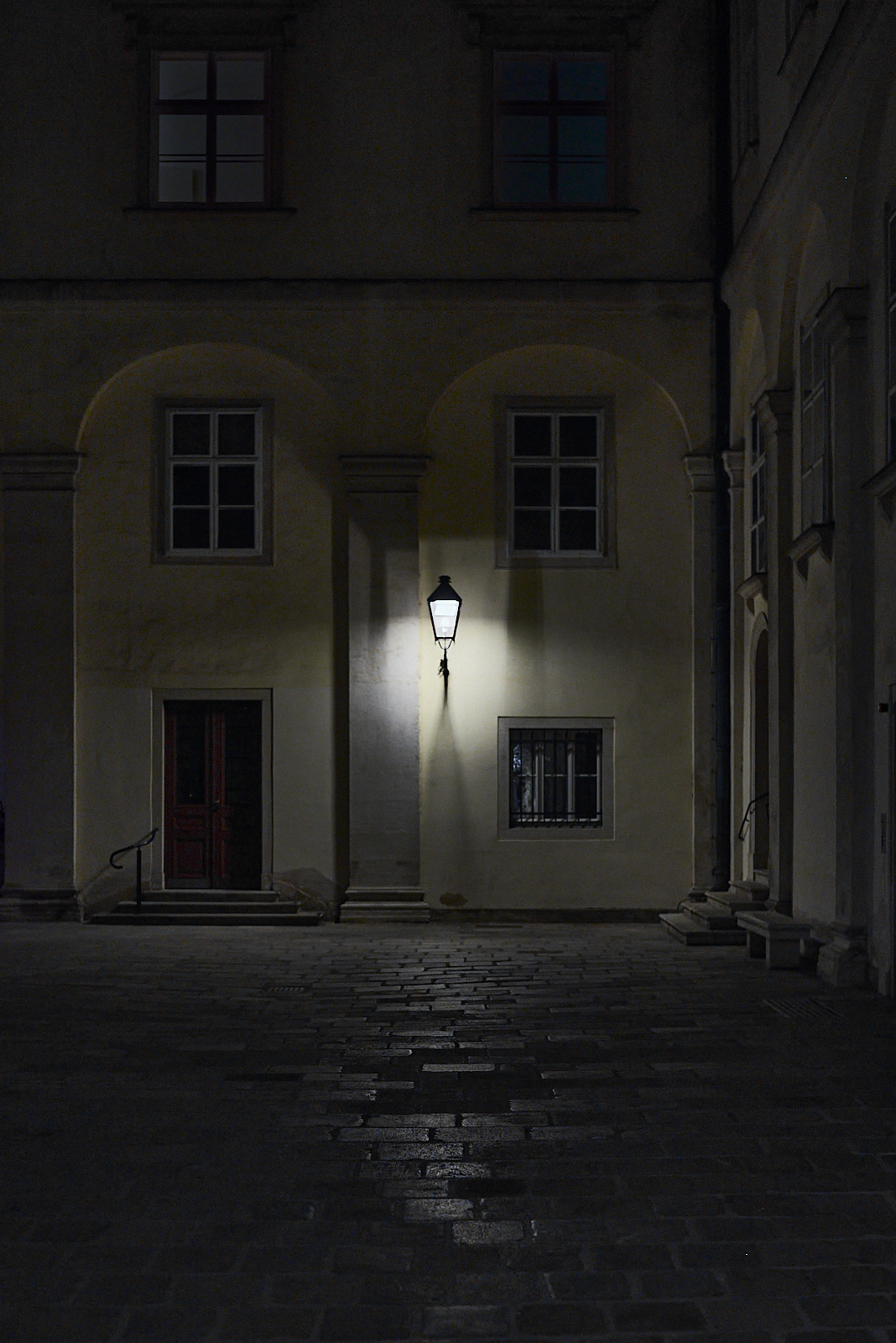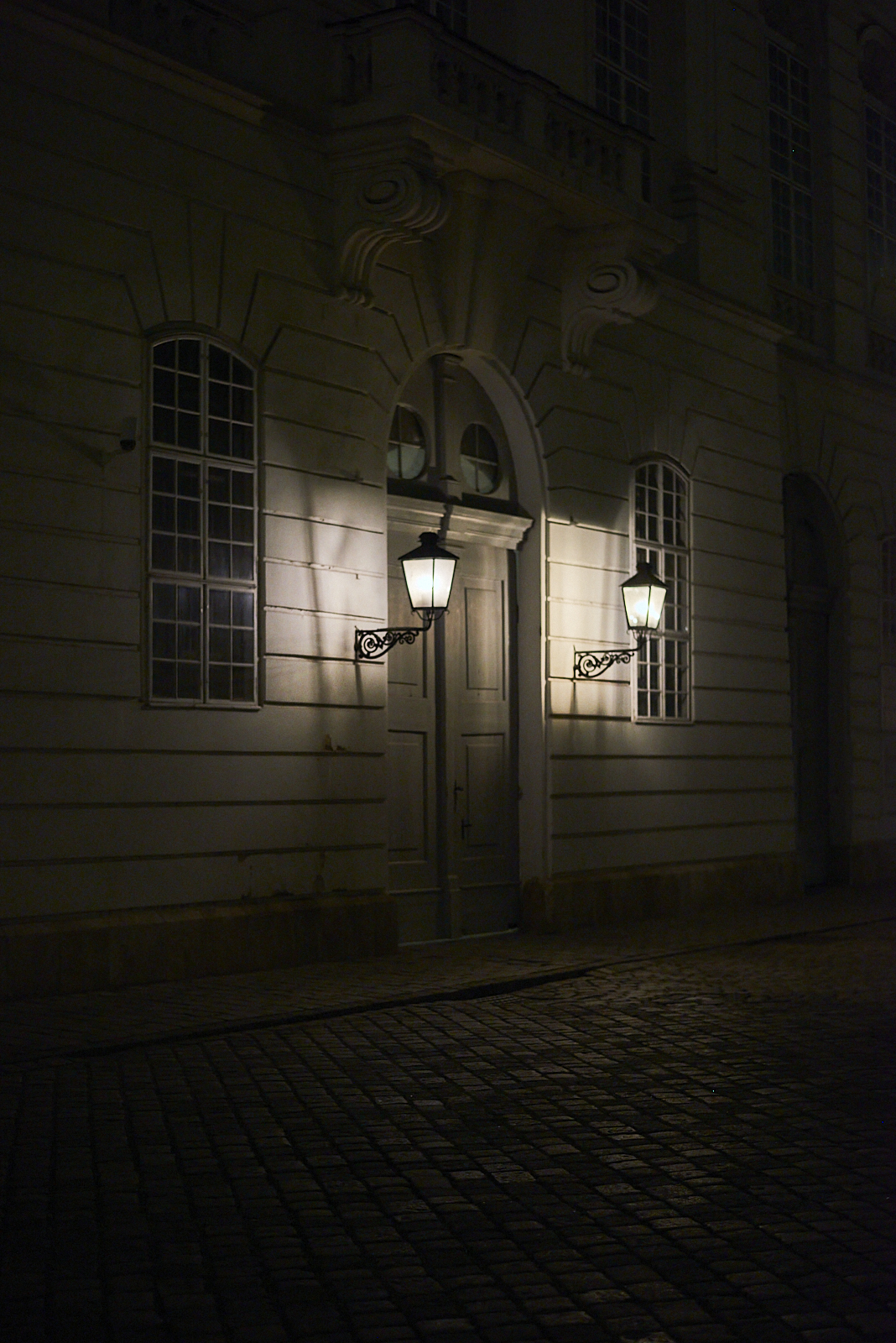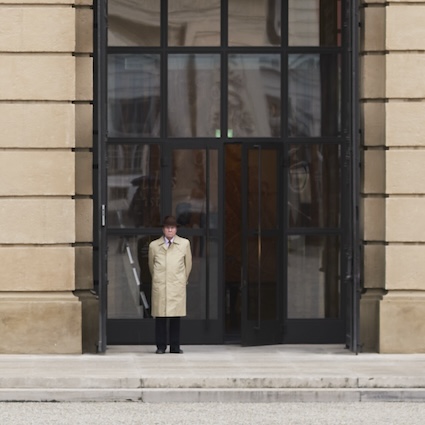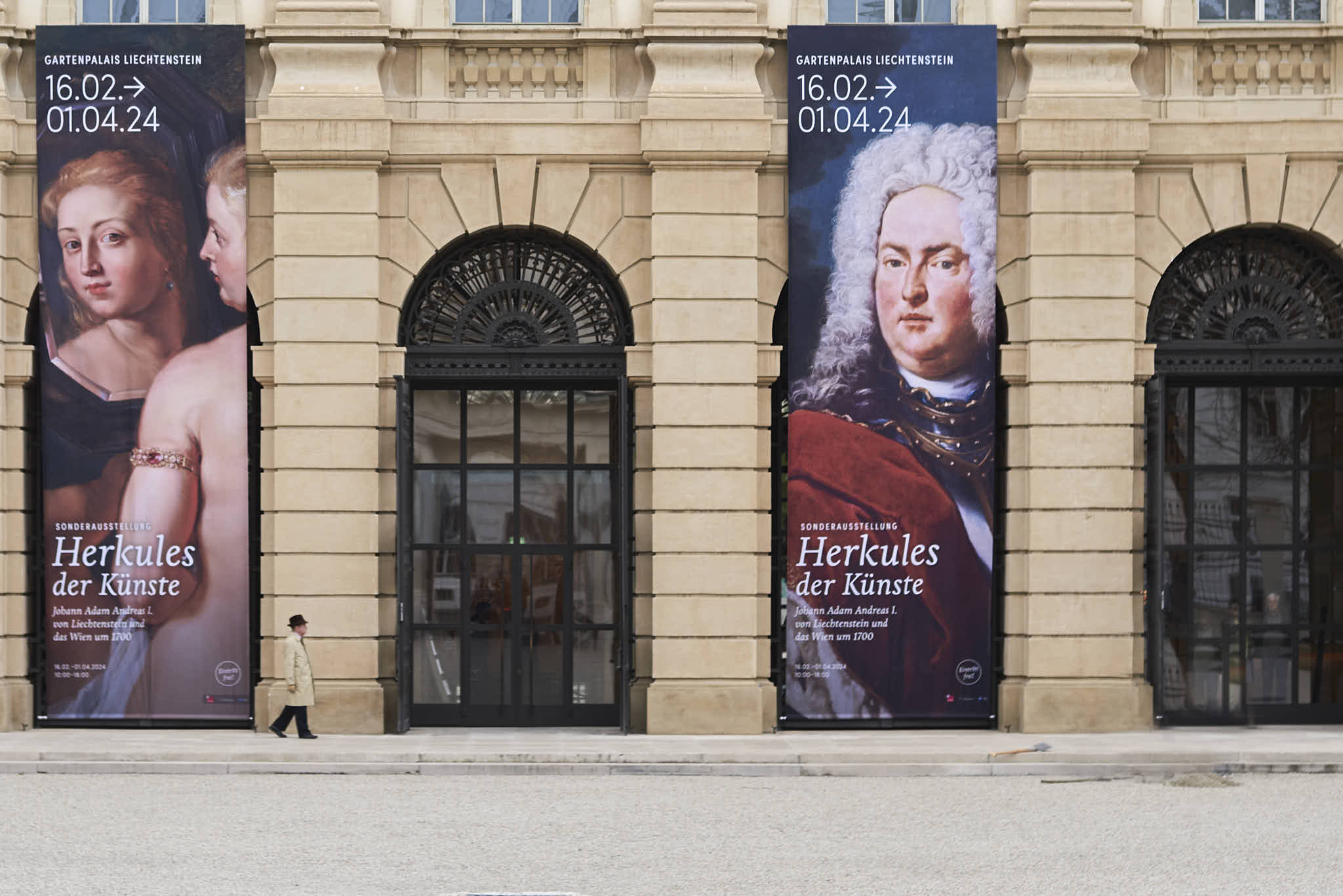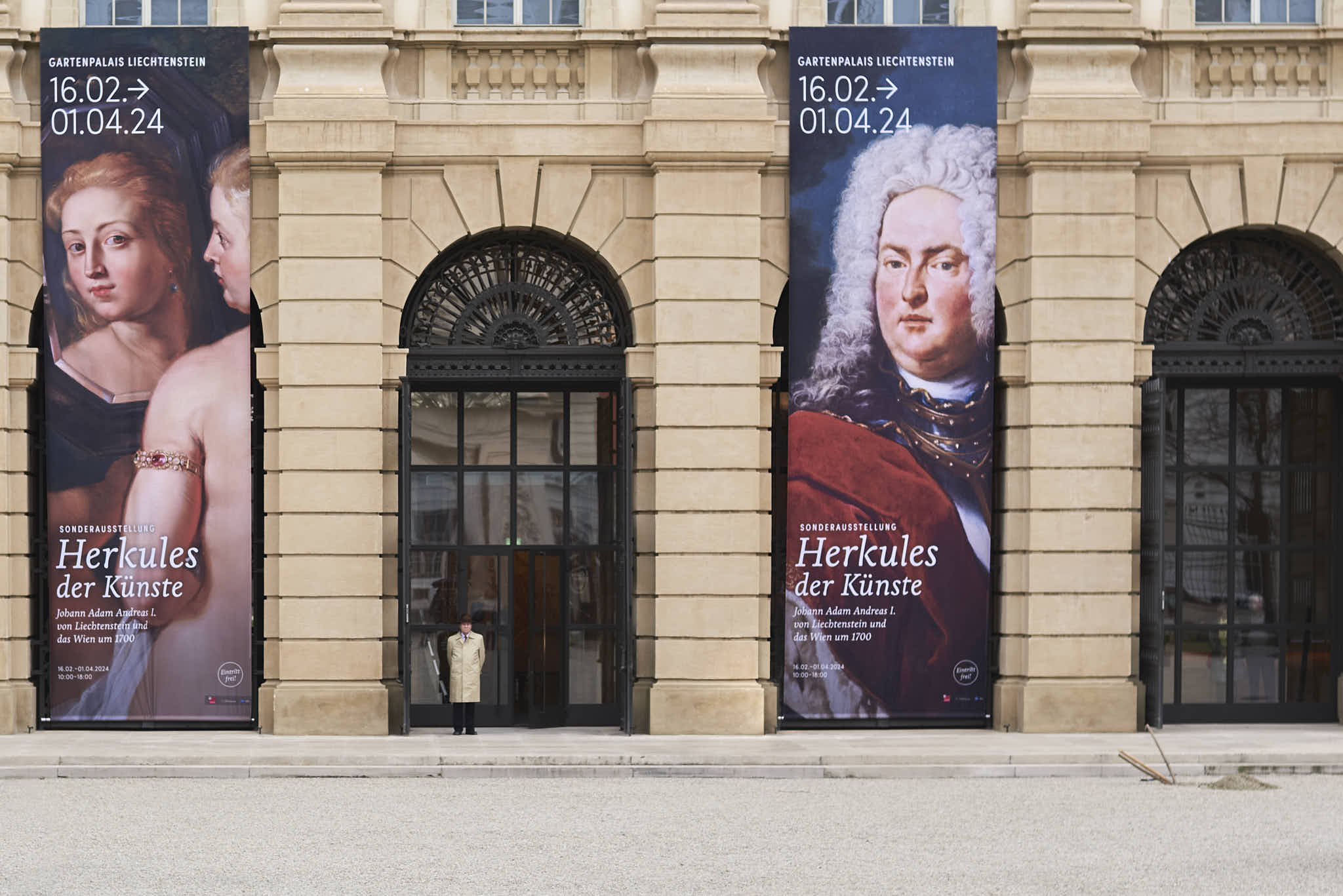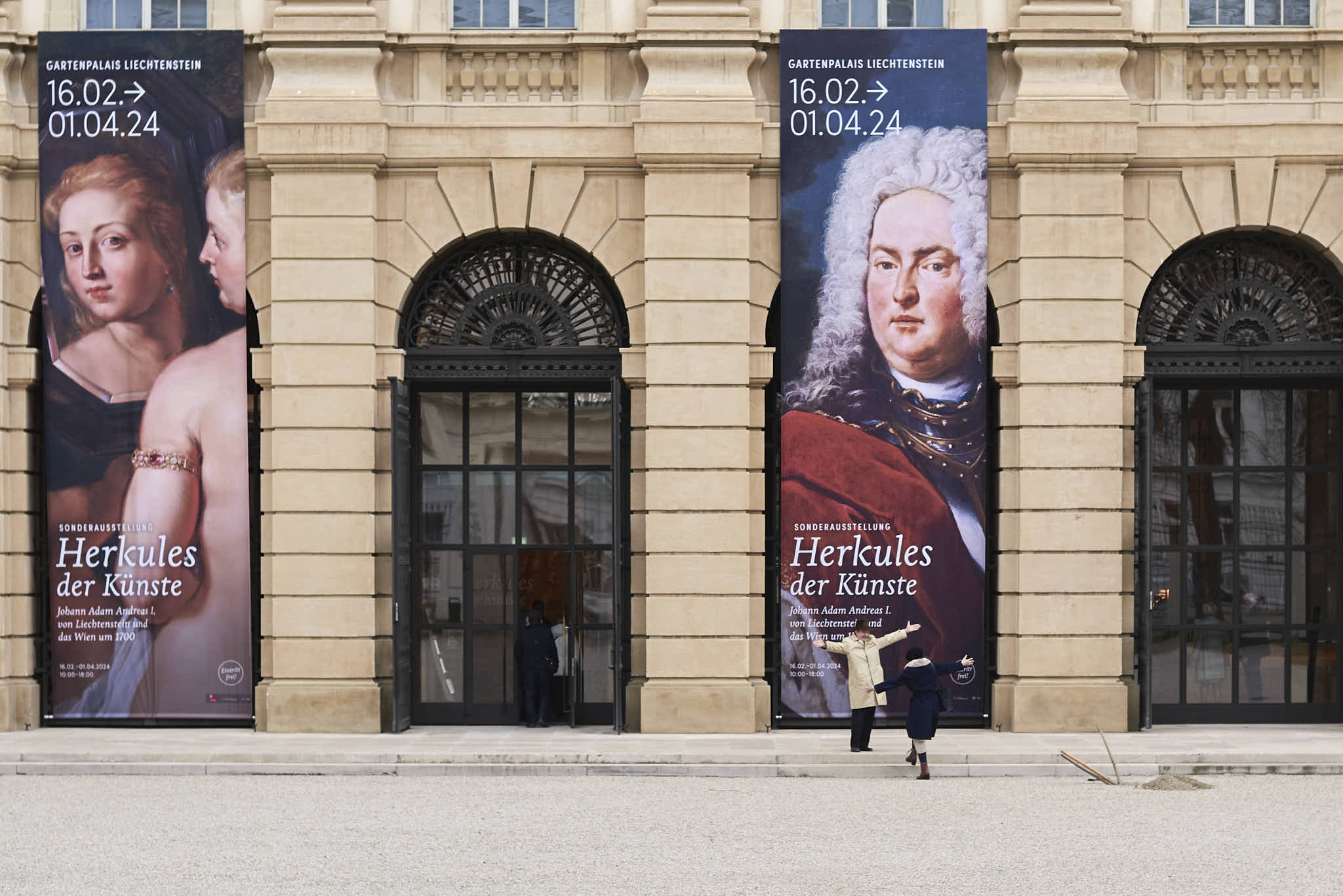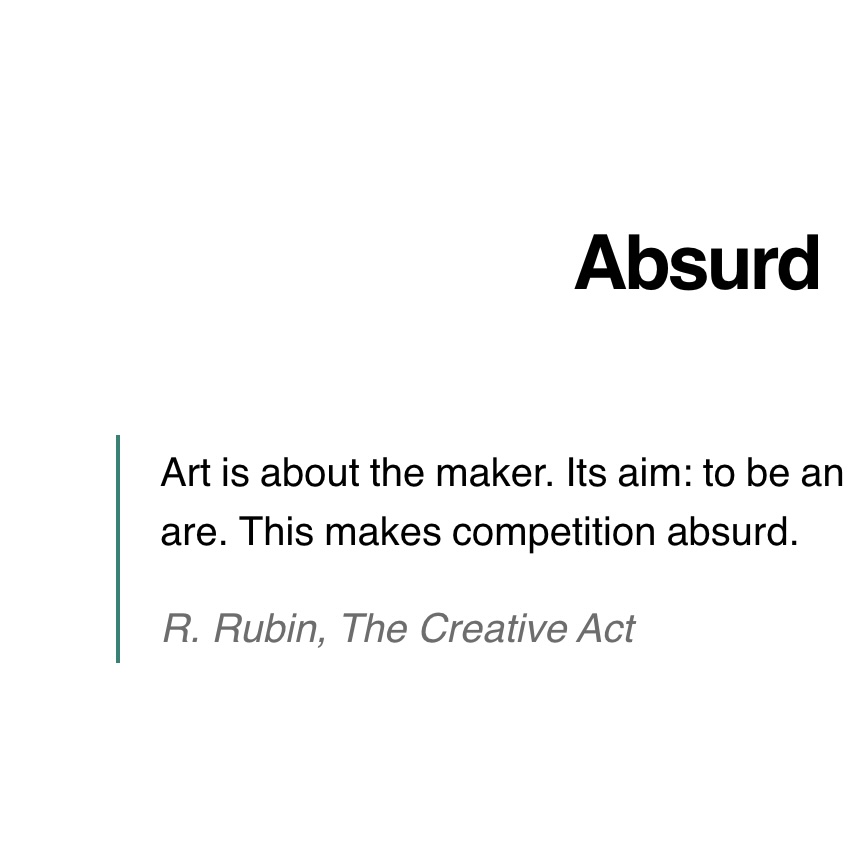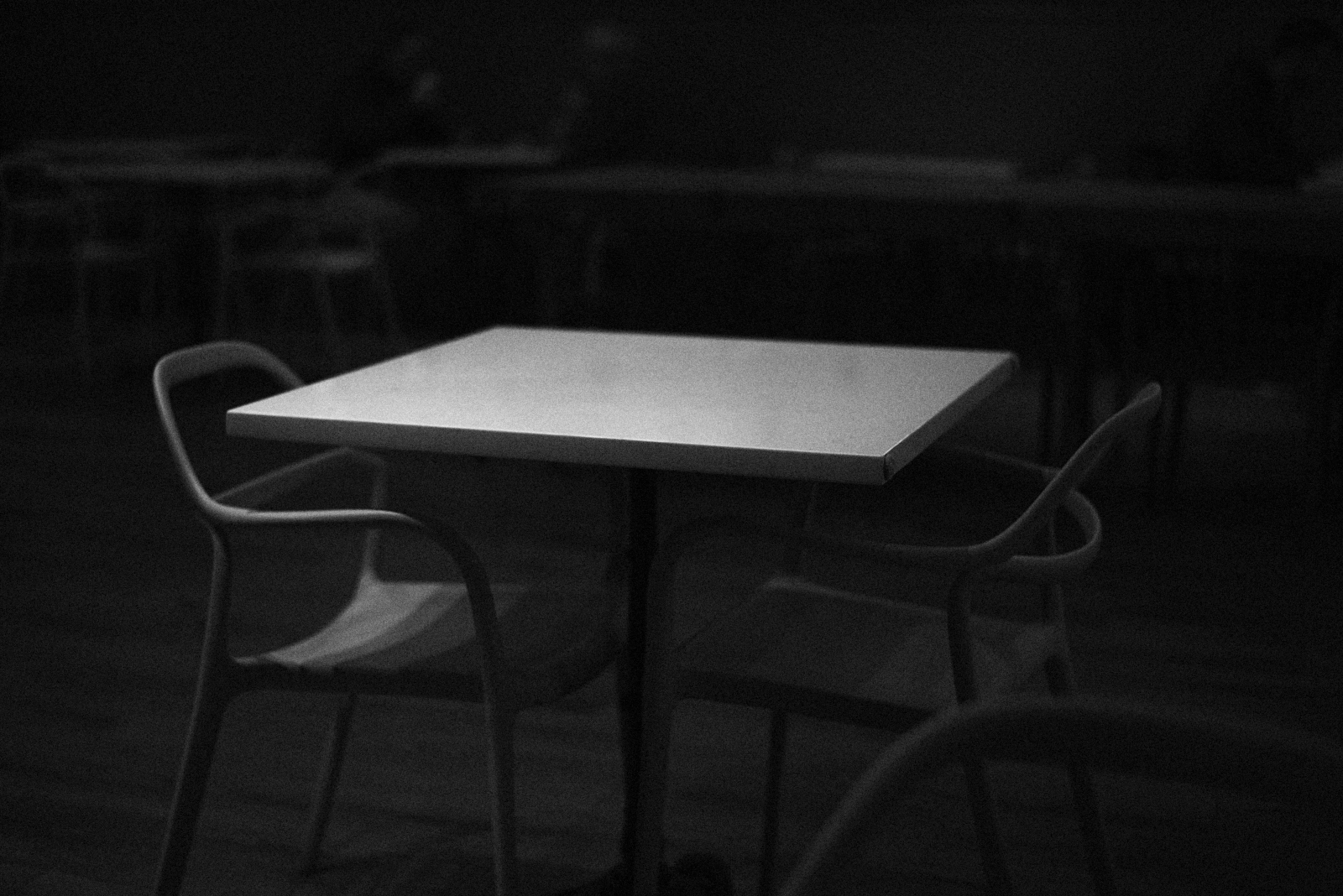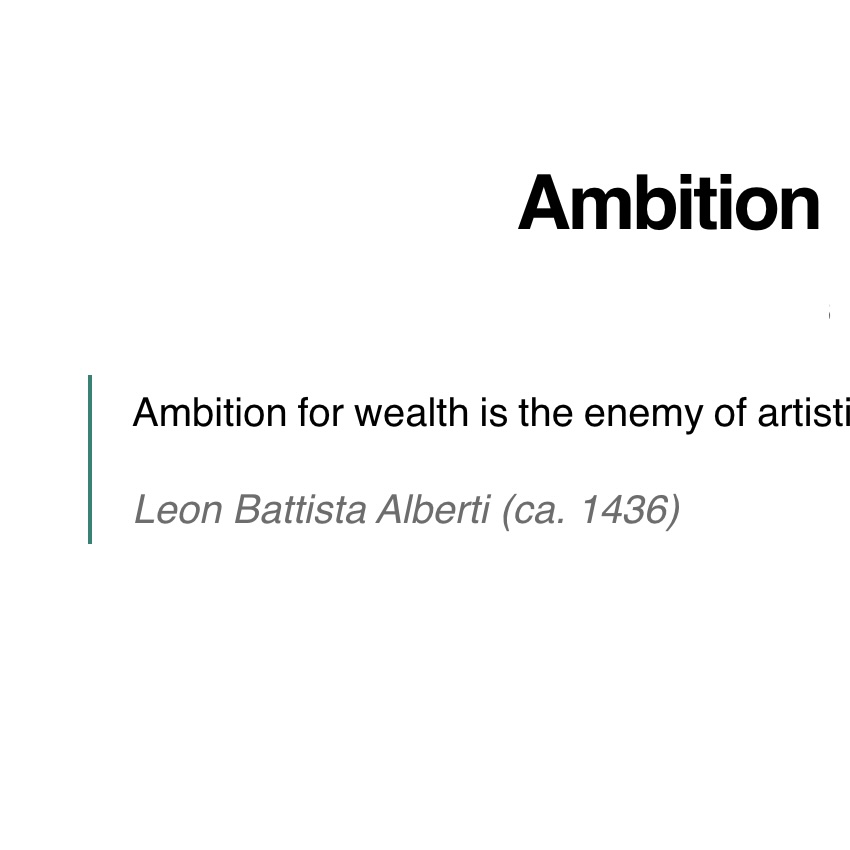I suppose in a world where the economy of likes and followers dominates, the audience will always shape what gets made. Creativity collapses into a form of obeisance, deference to the imagined or real preferences of the crowd. Although the nature of the audience has perhaps changed, the authority of the crowd has affected artistic production for centuries, since “making a living as an artist” became a possibility. Maybe that’s the problem with “art,” or at least a common notion of “art.” It requires an audience beyond the maker. Success is no longer measured by the pleasure of creating but by the approval of what has been created.
No shortage of successful artists who have dismissed “playing to the gallery” do so from the lucky position of having succeeded through the approval of that gallery. But that doesn’t mean they played to that gallery, it doesn’t mean they shaped their art to conform to some audience, it doesn’t mean they “sold out.” They might have, but in most cases we can’t know. How many artists (a word I don’t really like because it drags creativity into a commercial sphere) never “made it big” and still feel no need to play to the gallery? Sure, they probably had a “day job,” but don’t most people? Incredibly lucky are those whose day job is creating things they want to see? But the vast majority of people who have created things — visual things, musical things, culinary things, literary things, etc. — have paid the bills through some other means.
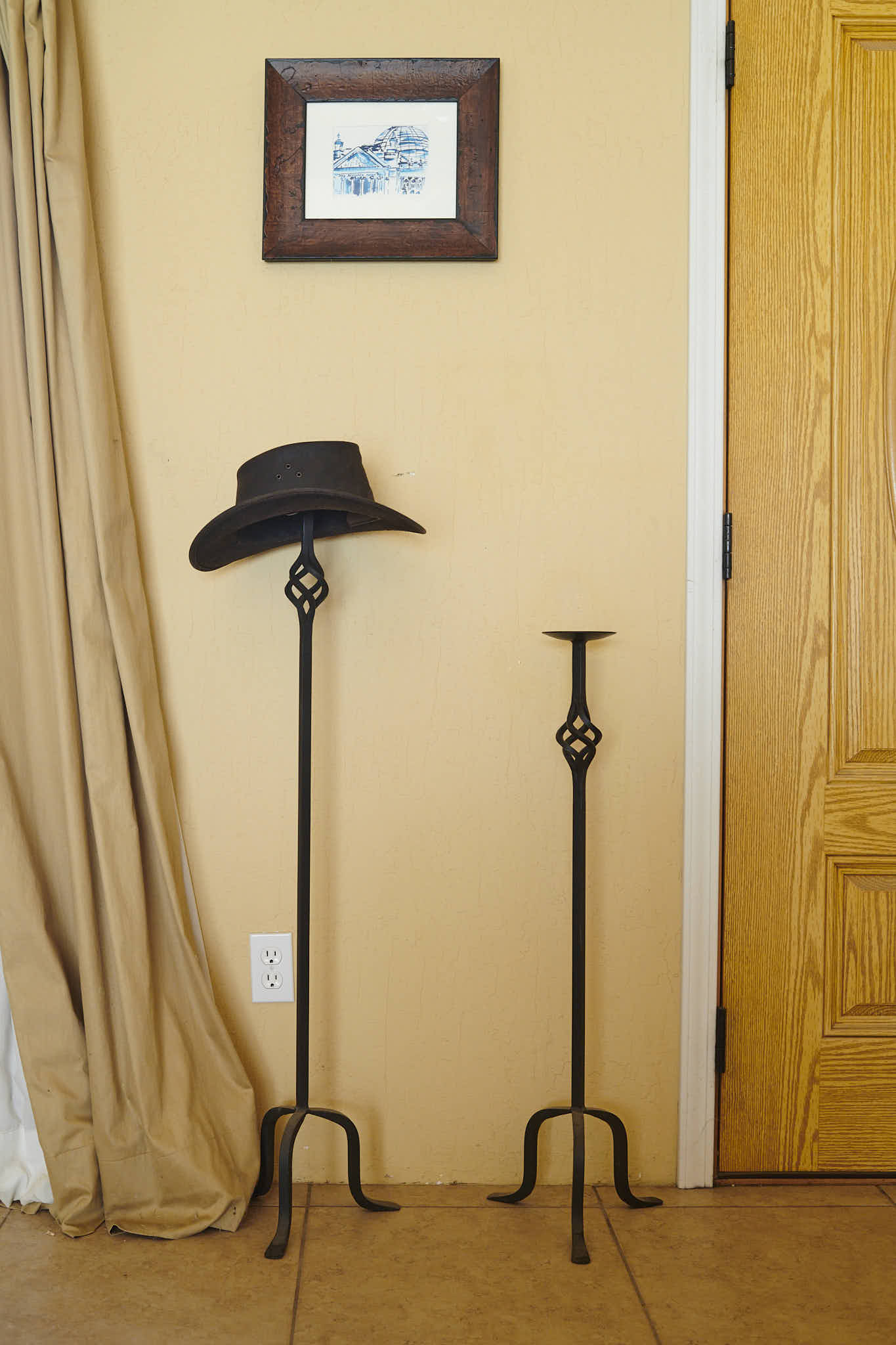
The whole notion of being disappointed in how your creative output is received seems, to me, to miss the point of creating. If you need to pay rent, then do something that allows you to pay rent — maybe it means making something for an audience, maybe it means working for somebody, maybe it means stealing. Whatever. But don’t get angry at an audience for not appreciating your creative endeavors. Don’t be disappointed because you poured your heart and soul and energy and resources into making something that nobody liked. That disappointment, that anger, that frustration debases the act of creating, reduces it to a commodity.
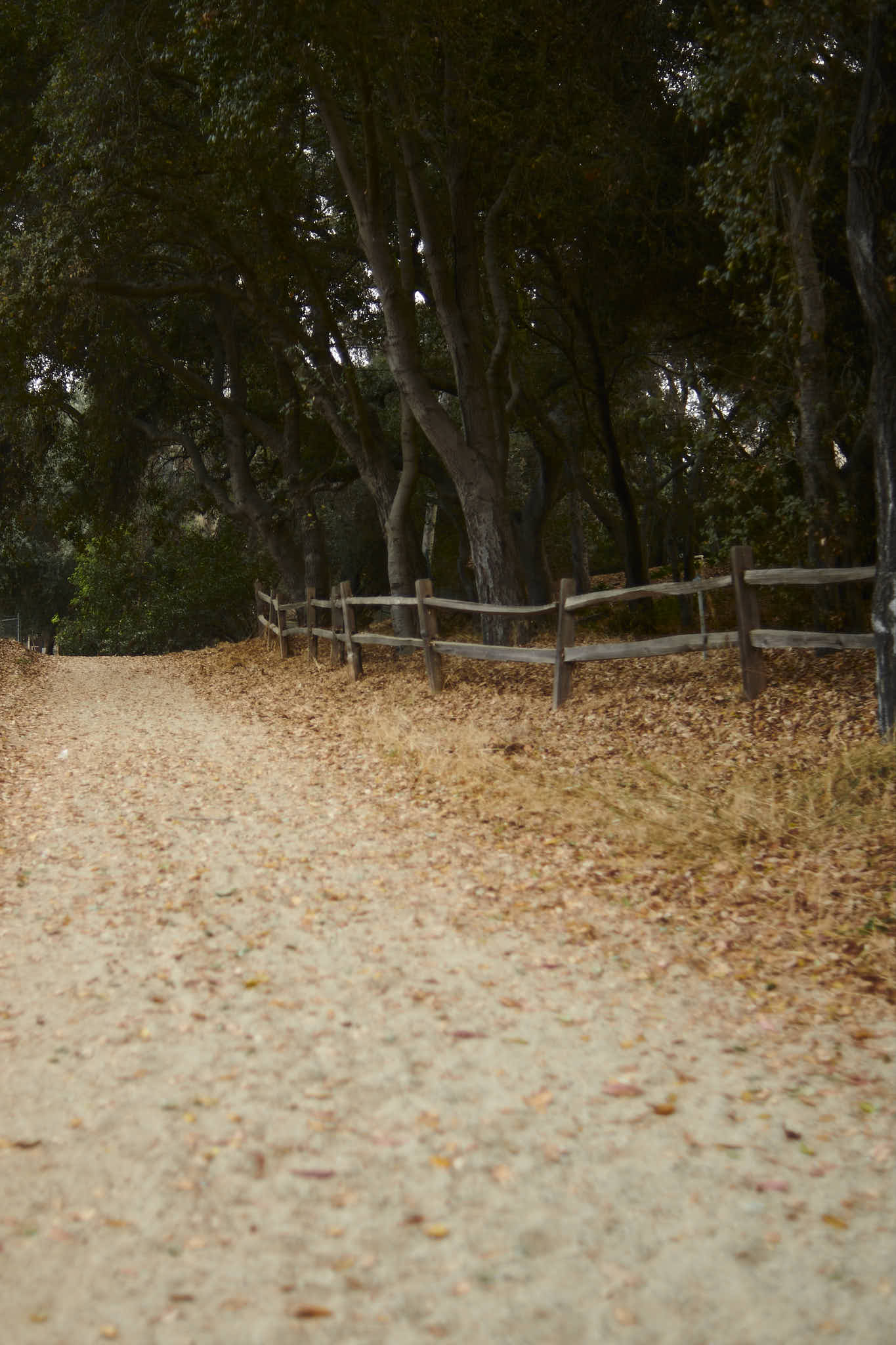
I make things that are important to me. I create for me now and for some future me. An audience of two, that’s all I care about. If somebody likes what I make, fine. If somebody doesn’t like what I make, fine. If nobody notices what I make, fine. Do I think what I make is important? Absolutely. Does anybody else? I don’t care.
Maybe you have to care. Maybe you pay your bills through what you make. If so, make stuff you know will sell, get a day job. Let your creativity nourish your soul but not pay your bills. I am fortunate to have a day job that pays my bills. It allows me to make whatever it is I want to see. I make things that are meaningful to me. I don’t have care that anybody else likes what I make.
